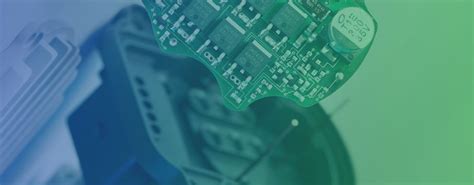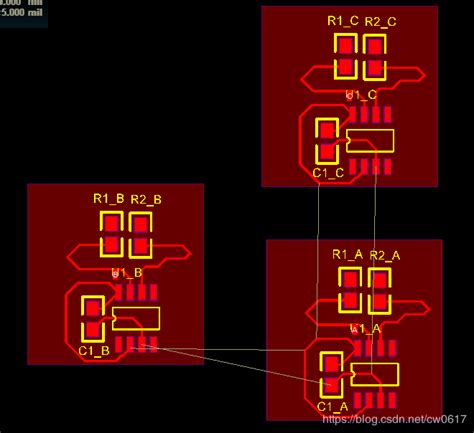Mastering Board PCB Assembly: A Comprehensive Guide to Success
Key Takeaways
In the realm of PCB assembly, mastering the art of assembling printed circuit boards is crucial for achieving success in electronics projects. Throughout the process, one must apply best practices and essential techniques that can lead to improved outcomes. Understanding the basics of PCBA is vital; it involves familiarizing oneself with both the theoretical and practical aspects of assembling circuit boards, which includes soldering, component placement, and layout design. Furthermore, investing in the right tools and equipment can significantly enhance productivity and precision during pcb assembly tasks. A comprehensive approach to identifying common challenges—such as misalignment or faulty solder joints—and knowing how to circumvent them is also essential for ensuring high-quality results. Ultimately, continually refining your skills and staying updated on industry trends will empower you to elevate your PCB assembly expertise, paving the way for more successful project completions.
Introduction to PCB Assembly: Understanding the Basics
PCB assembly, commonly referred to as PCBA, is a vital process in the electronics industry, representing the intricate journey from design to a functional electronic product. Understanding the basics of pcb assembly involves familiarizing oneself with crucial components, including printed circuit boards (PCB), electronic components, and the methods used to combine them effectively. At its core, PCBA transforms abstract schematics into tangible devices that power everything from household appliances to sophisticated computer systems. A successful pcb assembly process not only requires a firm grasp of electronics but also emphasizes precision and attention to detail. By mastering these initial principles, individuals can ensure not just an understanding of how each component interacts but also how to mitigate errors and enhance reliability in their PCB assembly projects. As technology evolves, so do the techniques and tools associated with pcb assembly, making continuous learning paramount for anyone seeking proficiency in this field.
Essential Tools and Equipment for Effective PCB Assembly
To achieve success in pcb assembly, having the right tools and equipment is crucial. The process of assembling printed circuit boards (PCBs) involves several steps that require both precision and efficiency. Firstly, a high-quality soldering iron is essential; it allows for precise application of solder to the components, ensuring a secure connection without damaging the delicate elements. Next, stencil printers and pick-and-place machines streamline the process, enabling faster application of solder paste and precise placement of components on the board.
Moreover, an effective reflow oven is important for melting solder paste uniformly, creating reliable joints for a robust finished product. Don’t overlook hand tools such as tweezers, wire strippers, and cutters; these are essential for handling small components and ensuring a clean assembly environment. Equipment like multimeters will also play a role in post-assembly verification by allowing you to test voltages and continuity throughout your pcba process.
In addition to these tools, it’s advisable to invest in quality cleaning materials. Proper cleaning ensures that your PCB is free from flux residues or contaminants that could affect its performance or lifespan. A meticulous workstation equipped with anti-static mats and ESD-safe storage solutions promotes a safe assembly environment while minimizing risk factors such as static electricity that can damage sensitive electronic components.
By arming yourself with these essential pcb assembly tools and equipment, you can enhance your efficiency and craftsmanship significantly in your projects while ensuring high-quality results that meet industry standards.
Step-by-Step Guide to the PCB Assembly Process
The pcb assembly process is a meticulous journey that transforms a theoretical design into a tangible circuit board. It begins with the preparation of the printed circuit board (PCB) itself, which involves ensuring that all specifications are met according to the design files. This preparation stage lays the groundwork for effective pcba.
Next, components are selected and sourced, which is critical for maintaining quality in the final product. The alignment and placement of components on the PCB must be precise; any misalignment can lead to circuit failures later in the process. Automated placement machines are often utilized to ensure high accuracy and efficiency.
Following placement, soldering is performed using techniques such as wave soldering or reflow soldering. Each method has its advantages, depending on factors like volume and complexity of the assembly. The soldering process ensures electrical connections among components, making it one of the most pivotal steps in pcb assembly.
Once soldering is complete, thorough inspection practices must be employed to validate that all components are correctly placed and soldered. Commonly used inspection techniques include visual inspection and automated optical inspection (AOI), which help identify defects before moving forward.
Finally, functional testing validates that each assembled PCB operates as intended. This encompasses both unit testing individual circuits and system testing for complete assemblies, ensuring high-quality results throughout your projects.
| Step | Description |
|---|---|
| Preparation | Prepare the PCB according to design specifications |
| Component Sourcing | Select and source quality components |
| Component Placement | Accurate placement using automated machines |
| Soldering | Use wave or reflow techniques for connections |
| Inspection | Employ visual or automated inspection techniques |
| Functional Testing | Validate operation through unit/system testing |
This systematic approach not only enhances productivity but also contributes significantly to achieving reliable pcba outcomes in your projects. By mastering these steps in pcb assembly, you can ensure a solid foundation for success in your electronic endeavors.
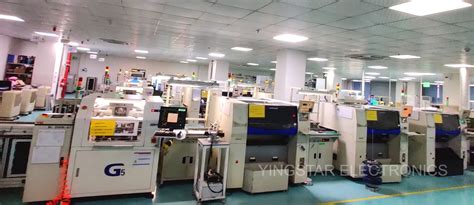
Common Challenges in PCB Assembly and How to Overcome Them
In the realm of pcb assembly, various challenges can hinder the efficiency and quality of the process. One common issue is the misalignment of components on the board, which can lead to faulty connections. To mitigate this, precise placement tools are crucial in ensuring that each component is correctly aligned before soldering. Another significant challenge is dealing with soldering defects such as cold solder joints or excessive solder bridging, which can compromise the integrity of the pcba. Implementing good soldering practices, like using the right temperature and taking time to inspect joints regularly, can greatly reduce these defects.
In addition to technical challenges, environmental factors such as static electricity or dust contamination can adversely affect assembly quality. It’s recommended to maintain a controlled environment with proper anti-static measures in place. Furthermore, keeping workspaces clean and organized also plays a vital role in minimizing risks associated with external elements.
Training staff on best practices for handling components and conducting regular audits of assembly processes are proactive measures that help overcome common challenges faced during pcb assembly. As noted in industry insights:
“Investing in thorough training can drastically reduce errors and improve product reliability.”
By recognizing these challenges early on and establishing robust solutions, professionals in pcb assembly can enhance their overall productivity and ensure a higher standard of quality in their projects.
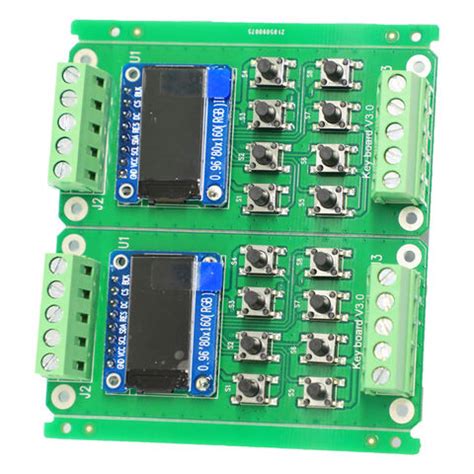
Best Practices for Ensuring High-Quality PCB Assembly
In the realm of pcb assembly, adhering to best practices is crucial for achieving high-quality results. First and foremost, it is essential to maintain a clean workspace; dust and debris can lead to faulty connections and compromised performance in the assembled boards. Additionally, using high-quality materials is paramount. This includes choosing robust solder, reliable components, and printed circuit boards (PCBs) that meet industry standards.
Moreover, employing proper techniques in the assembly process significantly impacts the outcome. Operators must ensure that all components are accurately placed and securely soldered. Utilizing tools such as solder paste stencils can facilitate uniform application of solder paste, which is critical for creating reliable electrical connections. Training personnel in technique-specific skills can further enhance the quality of pcba.
Another pivotal aspect involves rigorous testing protocols post-assembly. Implementing a thorough testing regimen—including visual inspections, electrical tests, and thermal cycling—helps identify any defects early in the process, minimizing wasted resources and time. Additionally, documenting procedures and consistently reviewing them promotes a culture of quality within the team.
By focusing on these best practices in the pcb assembly process, teams can significantly elevate their output quality while fostering an environment geared toward continuous improvement and operational excellence.
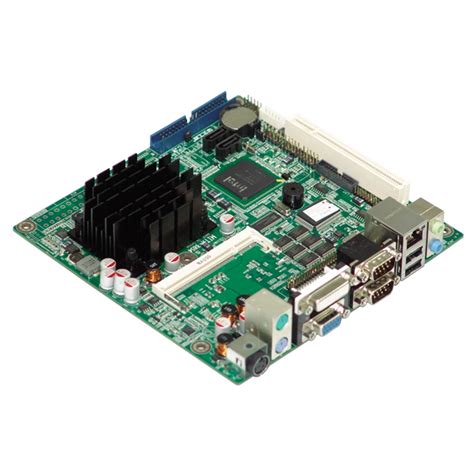
Testing and Troubleshooting Assembled PCBs
Testing and troubleshooting are critical phases in the pcb assembly process that significantly impact the performance and reliability of the final product. After completing the pcba process, it’s essential to conduct thorough testing to ensure all components function correctly. This can include visual inspections, where one checks for soldering defects such as cold solders, bridged connections, or misaligned components. Additionally, using tools like a multimeter can help verify electrical connections and ensure that there are no shorts or open circuits.
For more advanced testing, functional testing should be performed to simulate the operational conditions of the pcb assembly. This helps identify any issues related to performance under load or specific environmental conditions. As components may behave differently in real-world applications compared to static bench tests, it is important to validate that each pcba meets its design specifications.
In cases where problems arise during testing, a systematic troubleshooting approach is vital. Start by isolating the issue, which could range from simple manufacturing errors like misplaced components to more complex failures within circuitry. Using schematic diagrams can greatly aid this process as they provide a clear reference for diagnosing faults.
Employing software tools for automated testing can also streamline this phase and minimize human error. By integrating these processes into your pcb assembly workflow, you not only enhance the reliability of your products but also develop valuable skills in detection and resolution that will prove beneficial in future projects. Ultimately, mastering these testing and troubleshooting techniques will contribute significantly to delivering high-quality pcba, instilling confidence in not only your work but also in your ability to produce robust electronic solutions.
Future Trends in PCB Assembly Technology
As the landscape of PCB assembly evolves, several innovative trends are shaping the future of this vital industry. One of the most significant advancements is the integration of automation and robotics into the pcba process. This augmentation not only enhances precision and efficiency but also reduces human error, which is critical for ensuring high-quality outputs. Furthermore, the rise of flexible and printed circuit boards is creating new opportunities for applications in consumer electronics and medical devices. The adoption of advanced materials, such as low-temperature co-fired ceramics (LTCC), allows for better performance and miniaturization in designs. Additionally, smart technology plays a crucial role in monitoring and optimizing PCB assembly processes through real-time data analytics. This technology enables manufacturers to swiftly identify inefficiencies and implement improvements, thereby enhancing overall productivity. As sustainability becomes a focal point across industries, eco-friendly materials and processes are also being prioritized in pcba, driving manufacturers to consider environmental impact throughout production cycles. These trends not only represent a shift towards modernization but also open avenues for innovation that could redefine how we approach PCB assembly in various applications.
Conclusion: Mastery and Continuous Improvement in PCB Assembly
Achieving mastery in pcb assembly is a continuous journey that demands dedication, attention to detail, and a willingness to adapt to new challenges. The pcba process involves numerous intricate steps, each crucial for ensuring that your final product meets high standards of quality and performance. This commitment to excellence not only includes understanding the fundamental principles of pcb assembly but also embracing best practices that enhance efficiency. As technology evolves, staying informed about the latest innovations allows practitioners to apply cutting-edge techniques that can directly impact the success of their projects. Additionally, seeking out educational resources and engaging with fellow professionals can foster a culture of continuous improvement within your work environment. Ultimately, fostering an ethos of learning and adaptation not only enhances individual skillsets but also contributes significantly to the advancement of the entire field of pcb assembly.
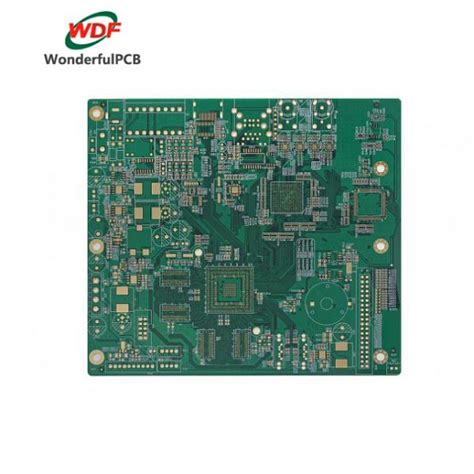
Conclusion: Mastery and Continuous Improvement in PCB Assembly
Mastering pcb assembly requires not just knowledge of techniques but also a commitment to continuous improvement. As technology evolves, so do the methods and tools involved in pcba. By consistently assessing one’s skills against the emerging trends in PCB assembly, practitioners can identify areas for enhancement. Engaging with the community through knowledge-sharing forums, attending workshops, and exploring innovative resources can provide invaluable insights that enhance one’s expertise. Moreover, setting high standards for quality assurance will lead to more successful projects and satisfied clients. In this ever-changing field, the key to success lies in adopting a mindset of lifelong learning and being adaptable to new methodologies. By embracing this approach, individuals can truly master pcb assembly and contribute effectively to the advancement of the technology.
FAQs
What is PCB assembly?
PCB assembly (or pcba) refers to the process of connecting electronic components to a printed circuit board (PCB) to create a functional electronic device. This involves soldering components onto the board and ensuring all connections are secure and reliable.
What are common methods used in PCB assembly?
The two primary methods of pcb assembly are through-hole technology (THT) and surface mount technology (SMT). THT involves inserting component leads through holes in the PCB, while SMT places components directly onto the surface of the board, allowing for more compact designs.
How can I ensure quality in my PCB assemblies?
To ensure high-quality pcba, it is essential to follow best practices such as proper layout design, using quality materials, implementing stringent testing procedures, and maintaining clean work environments. Regular inspection during the assembly process can also prevent defects.
What should I do if I encounter issues with my assembled PCBs?
If problems arise with your assembled PCBs, it is important to conduct a thorough troubleshooting process. This includes testing for electrical continuity, inspecting solder joints for quality, and checking component placement against design specifications.
How do I choose a suitable PCB assembly service provider?
When selecting a PCB assembly service provider, consider their reputation, experience in your specific industry, certifications, and customer reviews. Ask for samples of their past work to assess their quality standards before making a decision.


